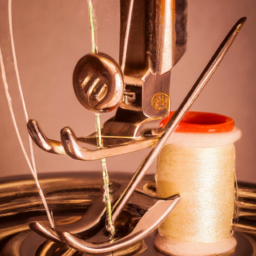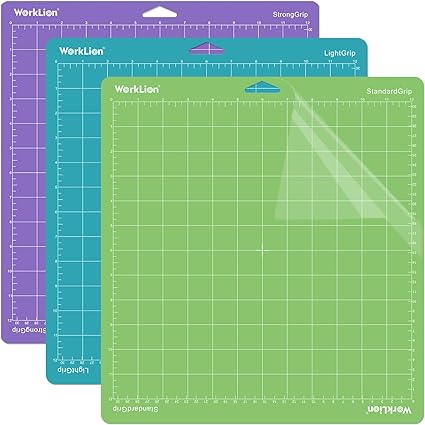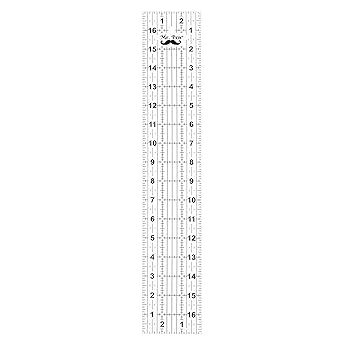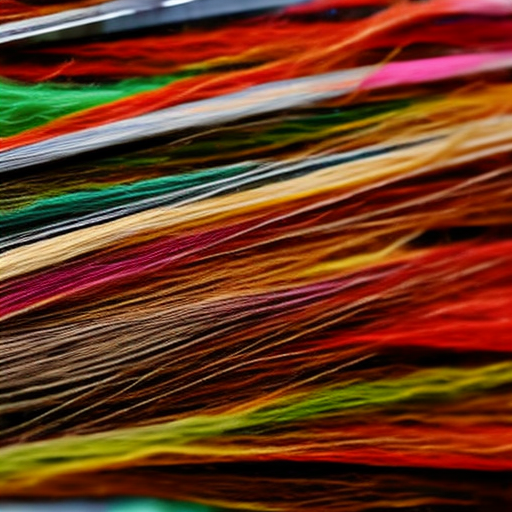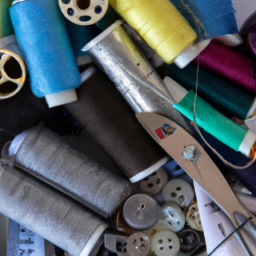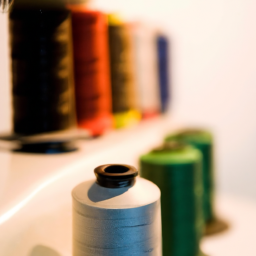
History of Singer Sewing Machine Models

A vintage Singer sewing machine
Singer is a renowned brand in the sewing industry, known for producing high-quality sewing machines. Throughout its rich history, Singer has introduced numerous sewing machine models that have revolutionized the way we sew at home and in industries. Let’s take a closer look at some iconic Singer sewing machine models:
Singer Model 1

The classic Singer Model 1
The Singer Model 1, also known as the Turtleback, was the first sewing machine introduced by the company in 1851. It featured a basic straight stitch and had a unique shape resembling a turtle’s back. This model marked the beginning of Singer’s innovative journey in the world of sewing machines.
Singer Model 66

The versatile Singer Model 66
Released in 1902, the Singer Model 66 became one of the most successful models ever produced by the company. It had a sturdy design and was capable of sewing heavy fabrics, making it a popular choice among both household users and professionals. Besides its reliability, the Model 66 also introduced decorative stitch patterns, broadening the creative possibilities.
Singer Featherweight

The portable Singer Featherweight
In 1933, Singer launched the Featherweight model, a compact and lightweight sewing machine. Weighing only 11 pounds, it quickly gained popularity as a portable and travel-friendly option. The Singer Featherweight was praised for its stitch quality and precise control, making it a beloved choice for quilting and other intricate projects.
Singer Quantum Stylist

The advanced Singer Quantum Stylist
Fast-forward to 2010, Singer introduced the Quantum Stylist line of computerized sewing machines. These models offer a wide range of advanced features, such as built-in stitch patterns, touch-screen displays, and automatic thread cutters. The Quantum Stylist machines cater to the modern sewists’ needs, providing precision, versatility, and convenience.
Singer’s legacy in the sewing machine industry spans over a century and a half. From simple yet groundbreaking models to technologically advanced machines, each Singer sewing machine model has contributed to the growth and evolution of sewing craft. Whether you cherish a vintage Singer or own a modern-day model, these machines continue to inspire creativity and enable countless sewing enthusiasts worldwide.
